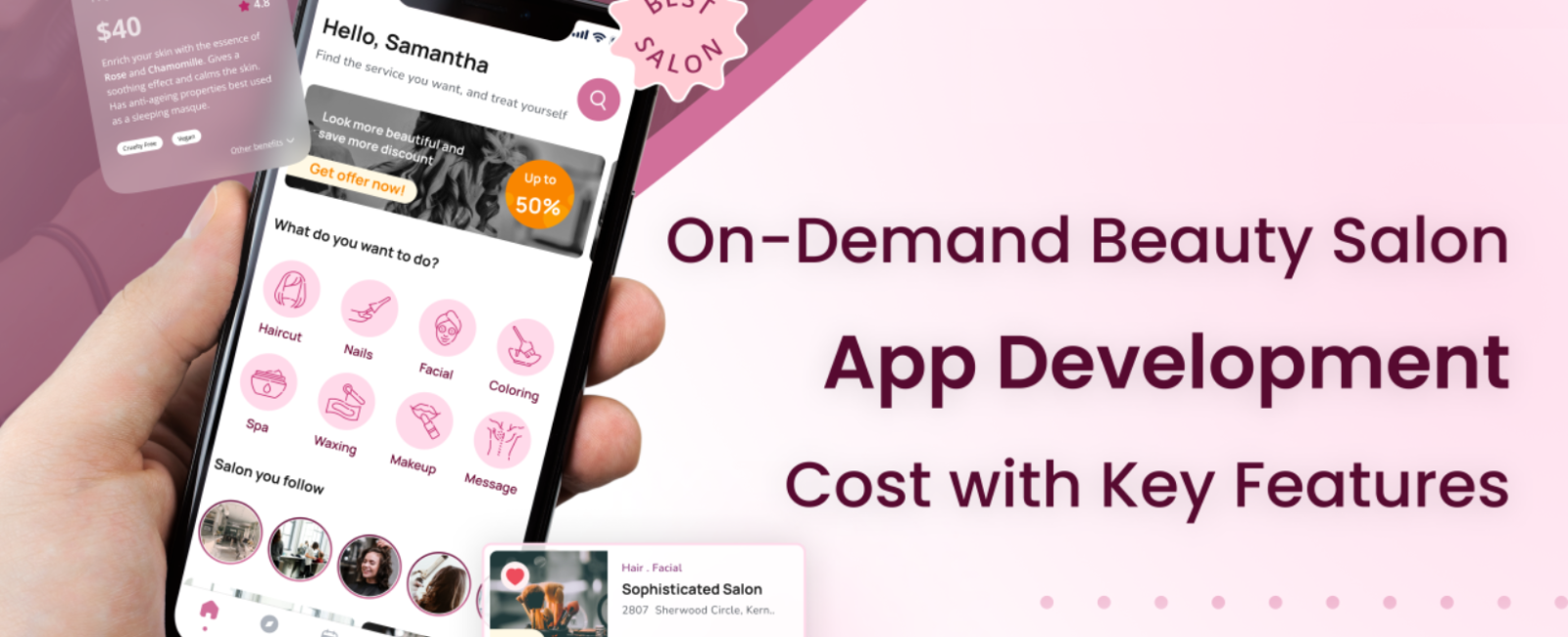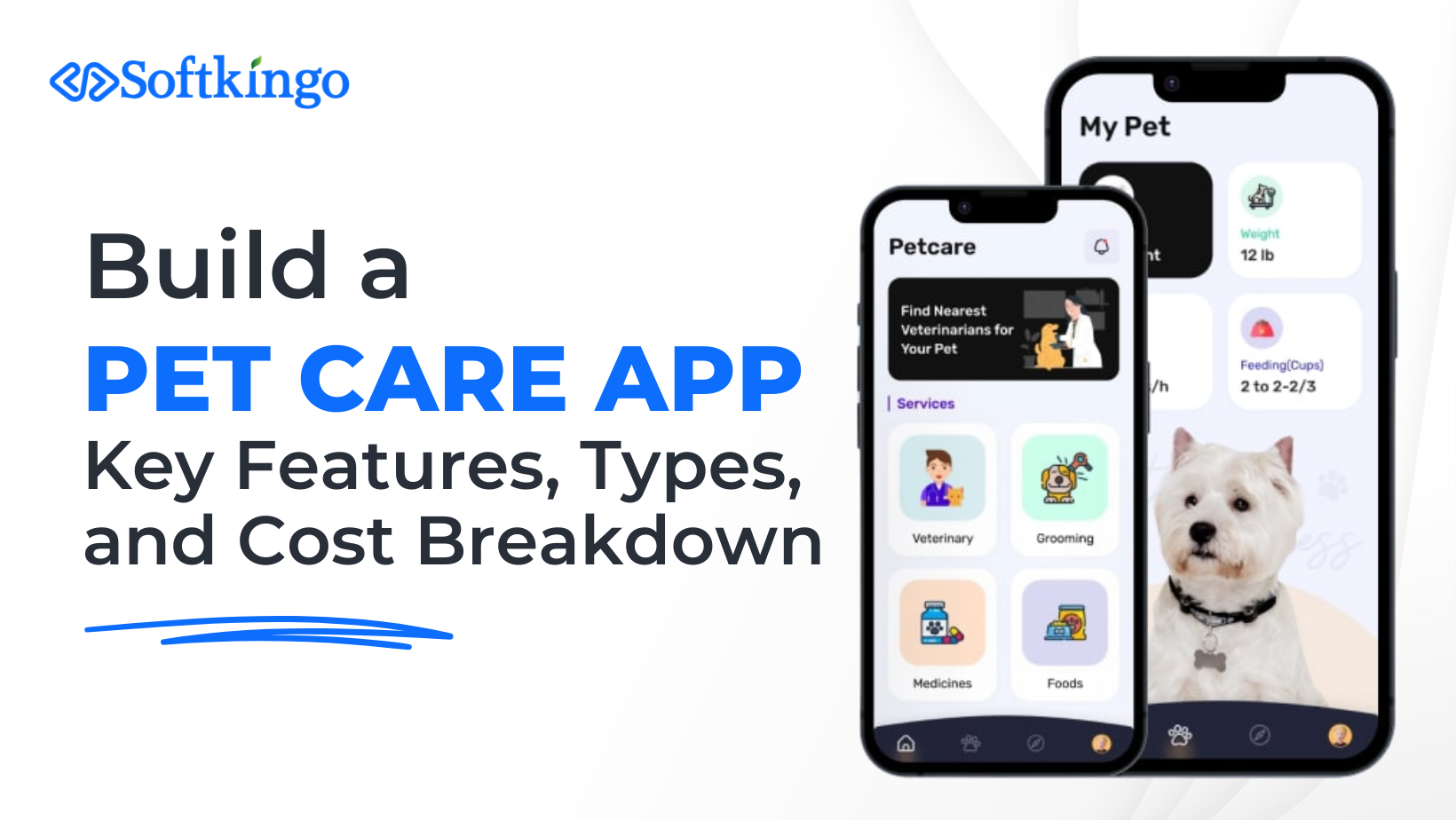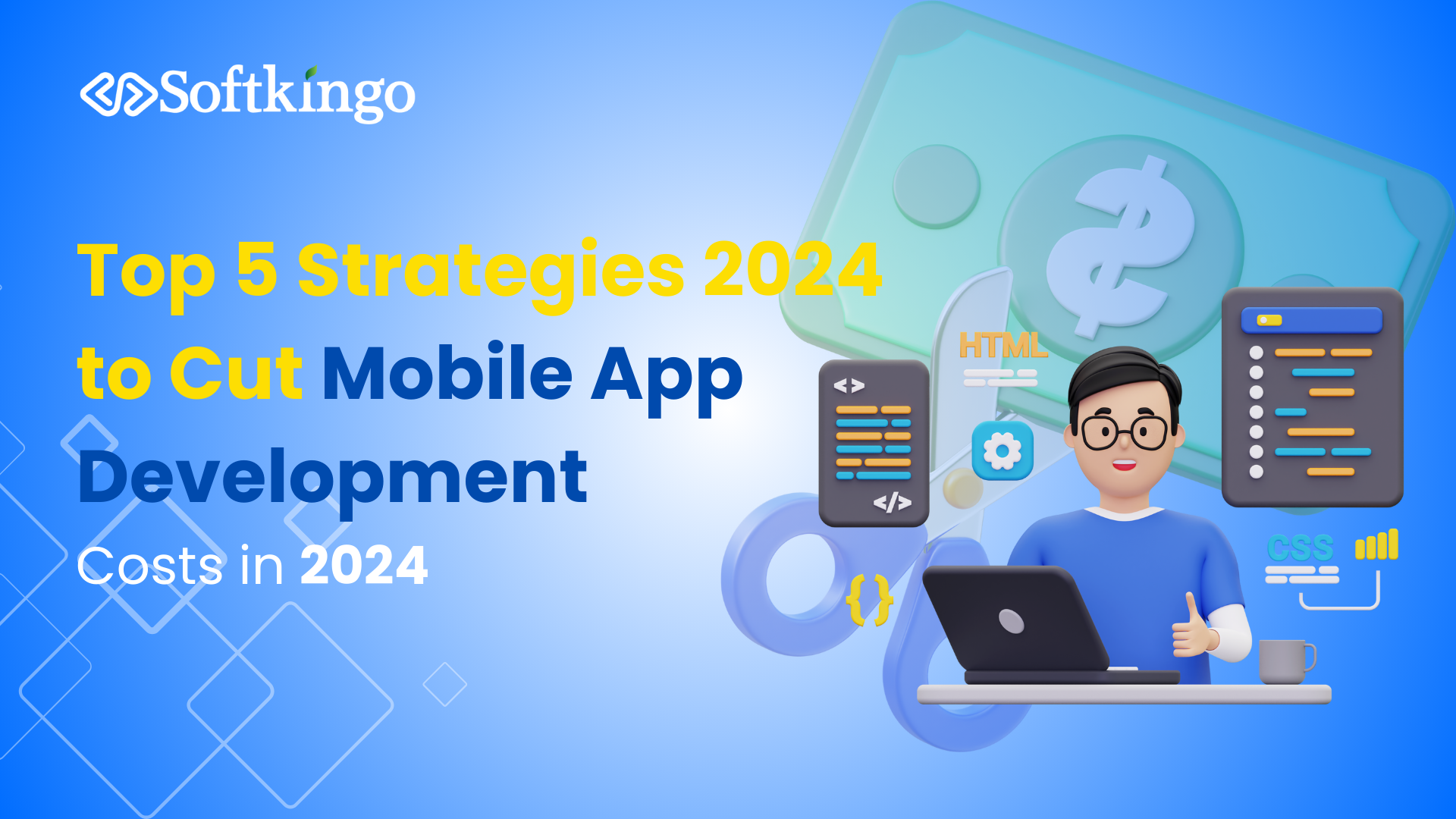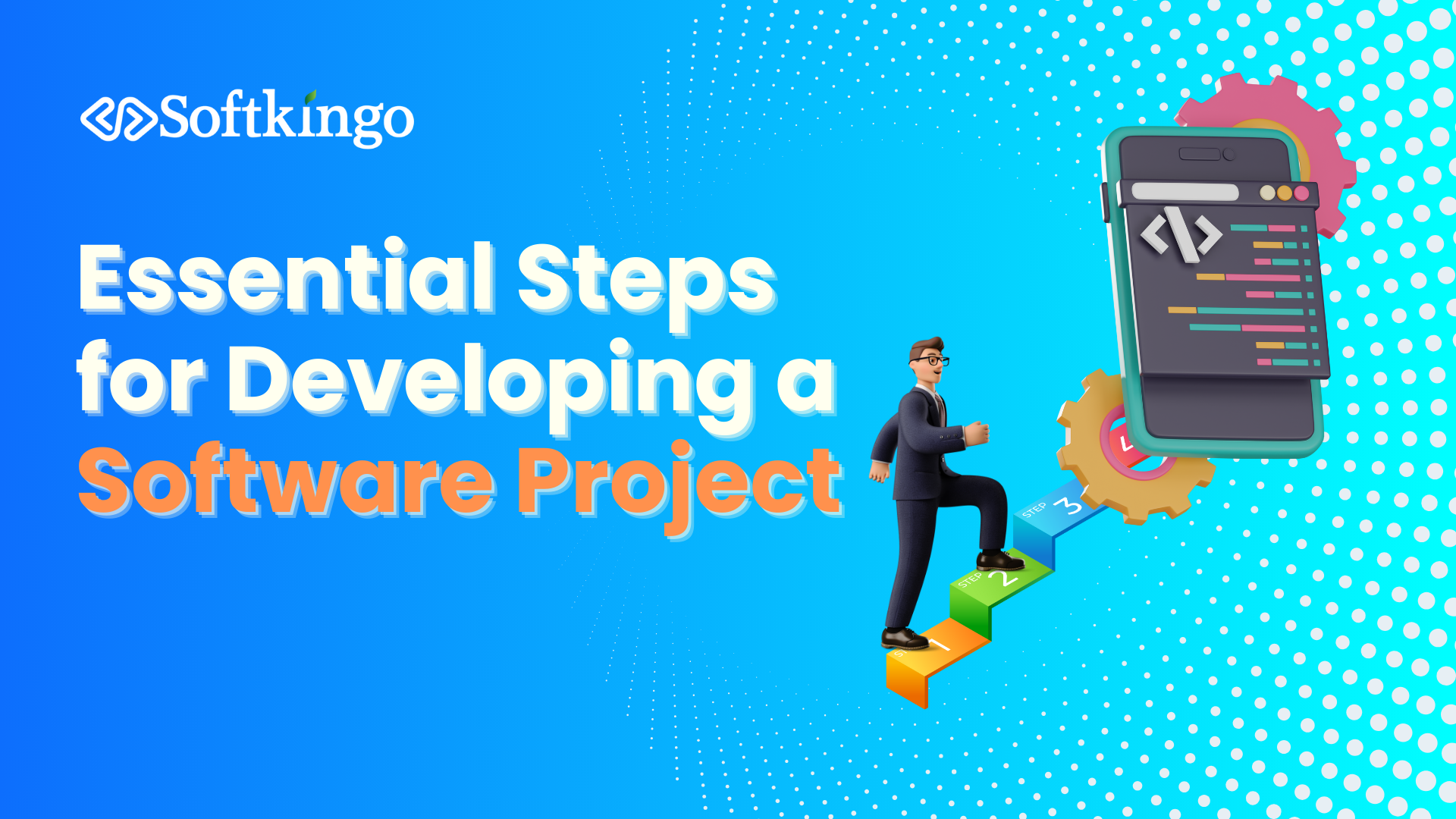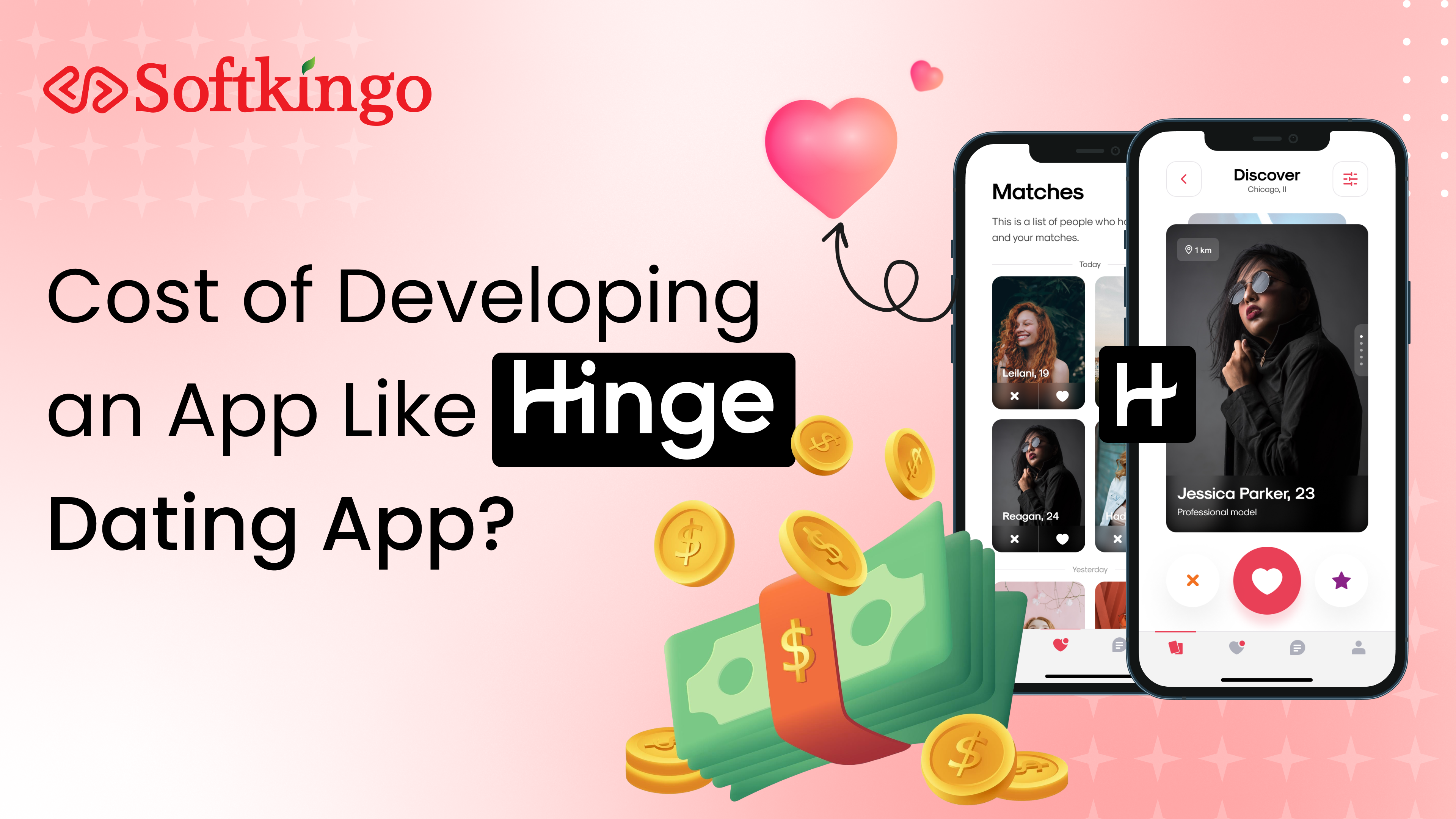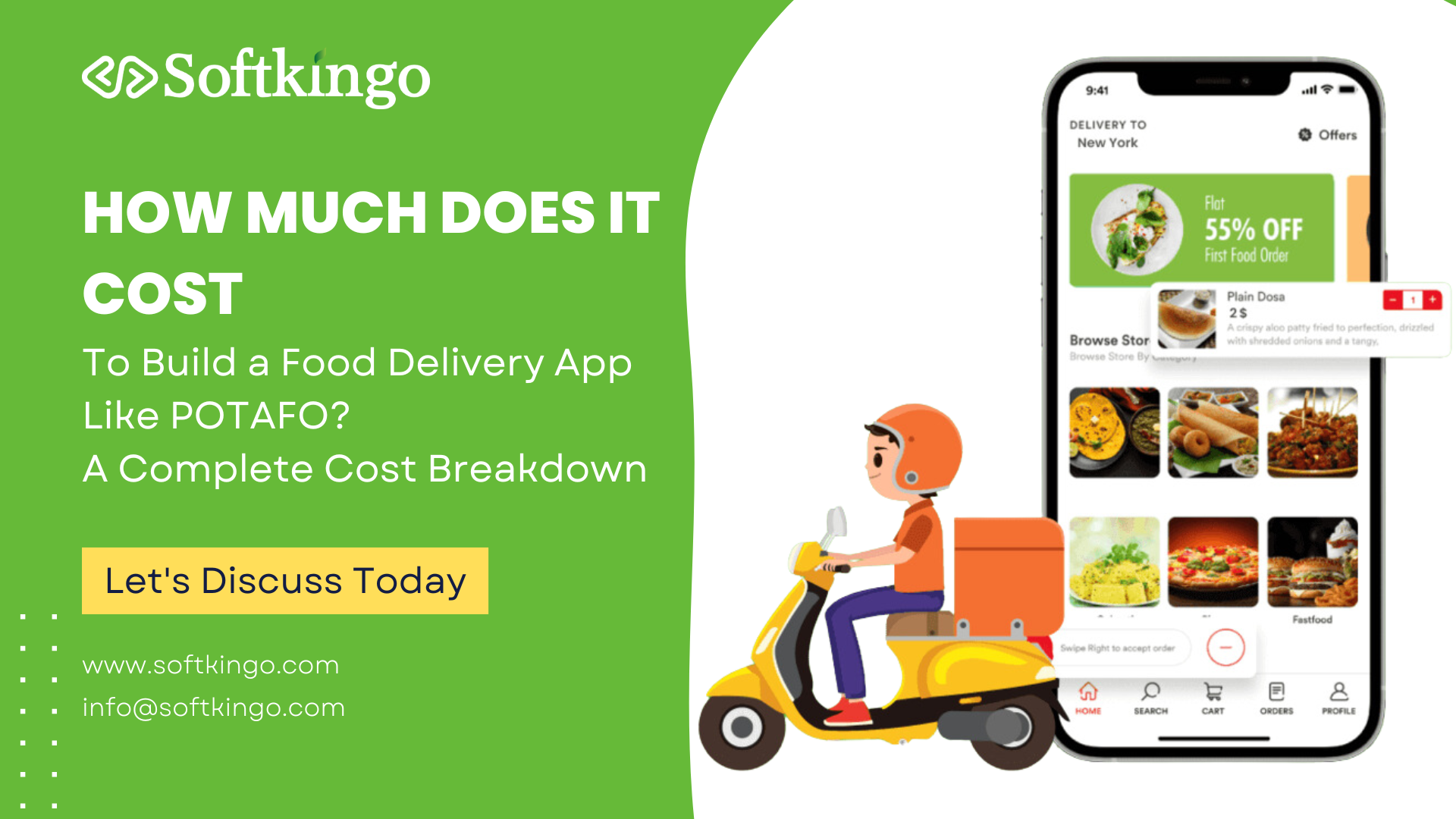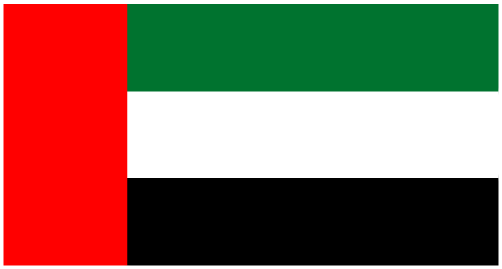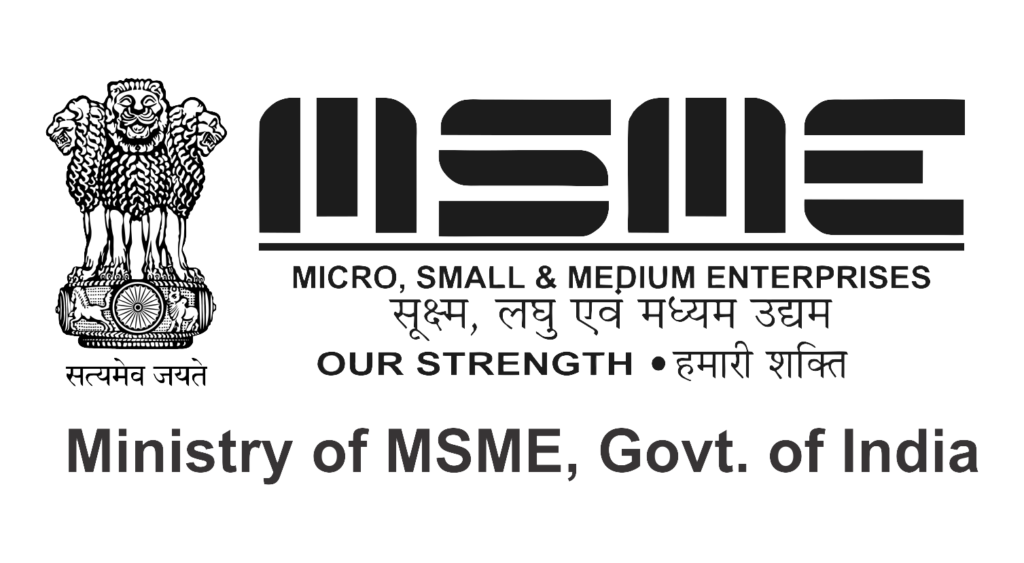How to Build an On-Demand Beauty Services App: A Complete Guide
The beauty industry is evolving rapidly, with technology reshaping how customers access services. In today’s digital world, beauty service providers—whether salon owners, makeup artists, or freelance stylists—are increasingly adopting on-demand apps to expand their customer base, streamline operations, and offer enhanced convenience. These apps are transforming the way beauty businesses operate, bringing services directly to customers’ fingertips.
If you’re looking to develop an on-demand beauty services app, this guide will provide insights into what it entails and why it’s a lucrative investment.
What is an On-Demand Beauty Services App?
An on-demand beauty services app connects beauty professionals with customers seeking various services, from hairstyling and makeup to spa treatments. These apps offer users the convenience of scheduling appointments, exploring available services, and making payments—all through a single platform.
For beauty professionals, such apps simplify daily tasks, manage customer relationships, and open new revenue streams. Some key features include:
- Online Appointment Booking: Allow customers to schedule services at their convenience.
- Payment Integration: Enable secure transactions directly within the app.
- Service Listings: Showcase all the available services and their details.
- Real-time Tracking: Help users monitor their booked services and arrival times.
- In-app Messaging: Facilitate communication between customers and service providers.
Why Invest in Developing an On-Demand Beauty Services App?
The global beauty industry is booming. By 2025, the market is expected to reach $716 billion, driven by increasing demand for personalized and convenient services. This growth creates immense opportunities for business owners to tap into the digital space and offer an enhanced experience through mobile apps.
Here are some statistics that highlight the potential of this sector:
- The beauty industry generates over $100 billion in revenue globally.
- The Asian beauty market alone is valued at $145 billion, comprising 39% of the global market.
- With a Compound Annual Growth Rate (CAGR) of 6%, beauty services are among the fastest-growing segments.
Customers today want ease and flexibility. They can schedule their salon appointments, request beauty services at home, and pay directly via the app—all from their smartphones. For business owners, an on-demand app not only increases reach but also drives efficiency and customer loyalty.
Benefits of On-Demand Beauty Services Apps
Here are some key benefits for both businesses and customers:
1. Wider Customer Reach
Without the need to physically visit a salon or beauty shop, customers can book services on-demand. With proper marketing, an app can attract new customers and increase bookings for local businesses.
2. Operational Efficiency
Beauty apps streamline processes such as appointment scheduling, payment management, and customer tracking. This reduces administrative overhead, allowing business owners to focus more on delivering quality services.
3. Data Analytics & Reporting
These apps provide valuable insights into customer behavior, allowing beauty businesses to track peak service hours, popular services, and customer preferences. Based on this data, they can offer personalized promotions, boosting engagement and sales.
4. Customer Loyalty Programs
With access to customer data, beauty businesses can create loyalty programs, such as in-app rewards or discounts for repeat customers, enhancing retention and satisfaction.
5. Competitive Advantage
As more businesses adopt digital solutions, having an on-demand beauty services app can set your business apart from competitors. It helps retain customers and attract new ones by offering a more convenient, tech-savvy solution.

Business Models for On-Demand Beauty Apps
Before diving into app development, it’s crucial to decide on the right business model. Two main models exist for beauty service apps:
1. Dedicated Business Model
This model focuses on developing an app exclusively for a single business or brand. Salons or beauty chains can create a custom app tailored to their needs, showcasing their unique services and branding.
2. Aggregator Business Model
An aggregator app lists services from various beauty professionals on a single platform. The app owner earns revenue through commissions or listing fees. This model allows customers to choose from multiple providers and services within their area.
Key Features to Include in Your Beauty Services App
An on-demand beauty app typically comprises three key panels: User Panel, Admin Panel, and Salon Employee Panel. Each panel has specific features tailored to its users.
1. User Panel:
- Login & Registration: Quick and easy onboarding using email or social media accounts.
- Appointment Scheduling: Users can book appointments by viewing available time slots.
- Payment Gateway: Secure in-app payments and records for user convenience.
- Service Reviews & Ratings: Users can leave feedback on the services they receive.
- Push Notifications: Alerts for upcoming appointments, offers, and service updates.
2. Admin Panel:
- Dashboard: Overview of customer behavior, employee performance, and revenue.
- Customer Management: Tools for handling customer queries, complaints, and preferences.
- Analytics & Reports: Detailed reports to help track service usage and business trends.
3. Salon Employee Panel:
- Login & Profile Management: Employees can create and manage their profiles.
- Appointment Management: Accept or reject service requests and track schedules.
- Earnings Dashboard: Track commissions, tips, and other earnings.

Steps to Develop an On-Demand Beauty Services App
1. Define Your App’s Purpose
Identify your target audience and define the services you plan to offer. Do market research, competitor analysis, and trend identification to build a clear business strategy.
2. UI/UX Design
A well-designed app ensures smooth navigation and user experience. The design should align with your brand identity and be easy to use for both customers and service providers.
3. App Development
Hire skilled developers to bring your design to life. Choose the right technology stack based on the features and platforms (iOS, Android, or both) you wish to support.
4. Testing & Quality Assurance
Test the app thoroughly to identify and fix bugs. Ensure all features work seamlessly across different devices and operating systems.
5. Launch & Marketing
Once the app is ready, create a marketing plan to promote it. Use social media, influencer partnerships, and other channels to spread the word and attract users.
Cost of Developing an On-Demand Beauty App
The cost of developing an on-demand beauty app can range from $40,000 and upward, depending on the complexity, features, and the development team’s location. If you need a more accurate estimate, consider contacting a mobile app development company that specializes in on-demand solutions.
Conclusion
The beauty industry is embracing digital transformation, and now is the perfect time to invest in an on-demand beauty services app. By offering convenience, efficiency, and data-driven insights, these apps can help you stay competitive in a growing market. Whether you are a beauty salon owner or an entrepreneur looking to build an aggregator platform, choosing the right development partner is key to your success.
Ready to take your beauty business digital? Collaborate with top-tier developers to create a custom app that will elevate your brand and meet the needs of today’s tech-savvy customers.
Paramhans Singh is the Director of Operations at Softkingo Technologies, bringing over 8 years of experience in delivering custom software solutions that help startups and enterprises achieve their business goals. He has successfully validated more than 220 app and website ideas and delivered over 100 tailored solutions, utilizing a range of technologies such as Swift, Kotlin, React Native, Flutter, PHP, RoR, IoT, AI, NFC, AR/VR, Blockchain, and NFTs.


